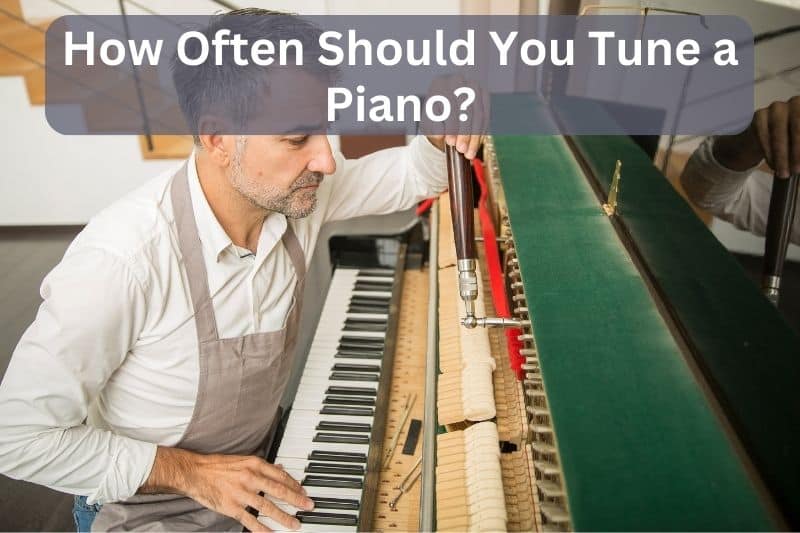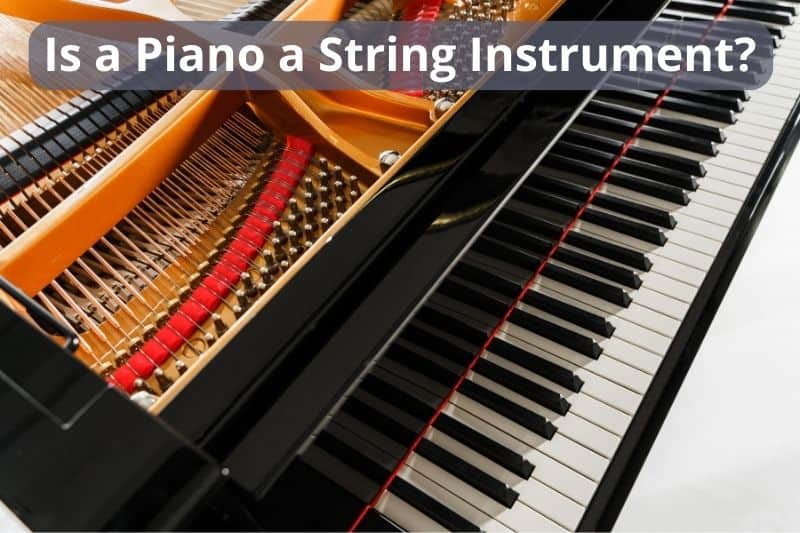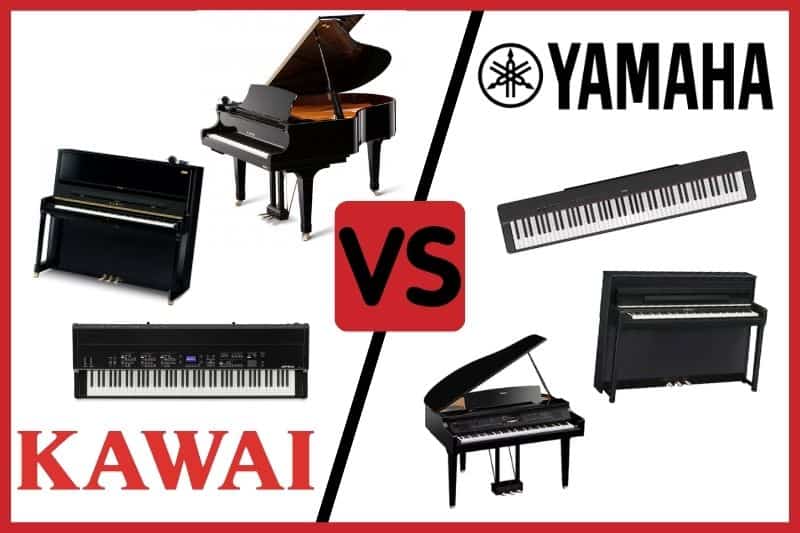Whether you’re new to playing a digital piano or a seasoned pro who uses it regularly to play gigs, you need to know that when you flip the power switch, your instrument will turn on and make some sound. Knowing how to troubleshoot electrical issues is an essential part of getting to know your electric piano.
If your digital piano won’t turn on, it is best to start with the basics to find the problem and proceed step by step until you either identify the source or eliminate all the potential causes that can be tested. These 14 steps will provide a framework you can work through and help reduce costly service and repair calls.

The best advice that we can give anyone who purchases a digital piano is to spend some time getting to know the owner’s manual. You don’t have to commit it to memory; just browse it carefully enough to understand what you will and won’t find there and where to go when you need information on a problem. If you don’t have the original to hand, you can usually find a copy online or contact the manufacturer directly. Once you have a copy, either virtual or hard copy, store it in someplace where it will be safe and accessible.
What to Do When Your Piano Keyboard Doesn’t Turn On
The first step in troubleshooting any issue with your digital piano is to take some time to accurately diagnose the problem. If you do that, you might eliminate a long list of potential issues that would take time to investigate if you just start at the beginning of your troubleshooting checklist.
It might seem like overkill to take such a disciplined approach to problem-solving, but hard-earned experience often teaches us that you’re never too old, wise, or experienced to make silly and simple mistakes. For the gigging musician, a pre-made checklist can make a huge difference. Even if you don’t need it when you’re at home in the practice studio, things are different when nerves, people, and strange surroundings come into play at a gig.
Diagnosing the problem involves taking note of what is actually going on. Does the keyboard not turn on at all when you flip the switch? Or, is there power but no sound? Maybe the piano will play sounds from a sample bank, but it isn’t getting a signal from the keyboard. Each scenario points to a particular set of problems. Some of which have fast, simple solutions, while some don’t.
Things get even more complicated if you are using an external speaker, running through a soundboard, or using your keyboard as a MIDI controller. More machines and more connections mean more things that could potentially be the source of the issue.
This article will focus on finding common problems when your digital piano won’t start and offer tips on how to fix the ones that are easy enough to do yourself.
A Troubleshooting Checklist for When Your Piano Keyboard Won’t Turn On Or Make Any Sound
We’ll start with steps to troubleshoot a piano that doesn’t have any power and then move on to actions you can take that address keyboards with power but no sound. Finally, we’ll offer you some advice on when you should or shouldn’t attempt repairs and how to proceed.
Your Digital Piano Not Turning On
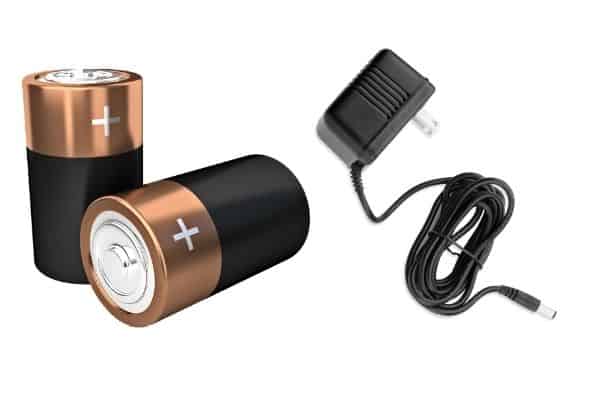
1: Determine Power Source
Before you can troubleshoot issues related to your keyboard’s power supply, you need to figure out whether it is running off of battery or external power. Two different power supply options mean two different sets of issues to diagnose. If you can eliminate one half of that set of potential problems before you get started, you get to the finish line sooner. Most digital pianos, especially the console variety, will run off mains power. However, some keyboards, typically slab/portable types, can be powered by batteries.
2: Dead Batteries
If you determine that you’re trying to power the electric piano off internal batteries and aren’t getting any power to the unit when you turn the power switch to the “on” position, you might have dead cells. There are several ways to test this, and some of them are even a solution to the problem.
It’s always a good idea to have a store of replacement batteries available for your digital keyboard. Whether you’re a student at home or a working musician on the road, having back-ups, replacements, and spares is a habit that you should develop to make your life easier. If you have back-up batteries available, try replacing them. If this solves the problem, then you executed a successful test and solution in a single step.
If you don’t have any replacement batteries and you’re trying to figure out whether getting some will solve the problem, you could try running your keyboard off of AC power. If that works fine, but the battery power doesn’t, dead batteries may be the problem.
3: Improperly Installed Batteries
Another potential problem with battery power is that you may have installed the batteries improperly. It is less likely when you’ve been using your keyboard for a while with a set of cells, but it’s pretty common right after a change. Some musicians like to start every gig with a fresh set, so this troubleshooting step shouldn’t be overlooked or taken for granted.
Fortunately, it’s easy to diagnose and fix. Just check the batteries to make sure that the positive and negative ends aren’t backward. If they are, switch them. If they aren’t, the problem is either dead batteries or something unrelated.
4: A/C Adapter Not Plugged In
This step is the result of dead batteries when you are trying to run the electric piano on external power. Just like checking the cells, suggesting this step to someone else who has issues will likely be met with rolling eyes and sighs. It seems simple and obvious—because it is. That’s precisely why it is so often overlooked.
The A/C adapted for your digital piano has at least two points of contact that you need to check, but depending on the make and model, there might be more. When you’re trying to run your keyboard on external power, and it won’t turn on, make sure that the plug is secure in the wall socket. You should also make sure that the outlet that you are using has power.
If the socket is working and the plug is inserted securely, check to make sure that the pin connection at the piano is secure. Don’t just look to see if it is connected. Put your hands on it to make sure that the connection is stable. If both of those connections are solid and the wall socket being used has power, then you’ve eliminated the most common oversights.
Your external power cord might have an external transformer. If it does, there is likely a connection between that section of the power supply and the cable that runs from the transformer to the instrument. If your device has a set-up like this, you need to remember to check that connection as well.
5: A/C Adapter Kinked, Nicked, Corroded or Cut
Checking that you have good connections requires that you go to each end of the power cable—and maybe make a quick stop in the middle. If you do that and don’t find any issues, there is more that you need to do to eliminate the possibilities of problems with the external power supply.
If you are a working musician, then you know exactly how much wear and tear that puts on your gear. But even if your digital piano never leaves its spot in your home, things can happen. Power cords are pretty hardy components as musical instrument gear goes, but they aren’t invincible. Something as simple as running the vacuum cleaner over the cable could cause a nick or a cut.
If your cable ends up under a heavy pile, it could get crushed or kinked. If you run the cable across stages, and under other pieces of equipment, it could get sliced. Numerous other possible causes could lead to damage that would prevent your unit from powering up when you flip the switch.
Walk the entire length of the cable and even run your fingers over it to inspect for damage before crossing the external power supply off of your troubleshooting checklist. That process uses your eyes and hands to look and feel for problems. You can also use your sense of smell. If you detect the smell of ozone, you probably have an issue with your power cable.
6: Damaged or Dead Transformer
If your unit’s external power supply has an external transformer built into the power cable, the transformer may be fried. It can be hard to determine with certainty that this is the cause of your problems without having some extra equipment like an electrical testing probe or a spare A/C adapter cable. But there are a few things that you can check to help narrow down the possibilities.

If the wall socket that you plugged into has power, you have good connections, and there are no kinks, nicks, or cuts in your power cable—feel the transformer unit with your hands. If it is warm right after being plugged in, then you can be fairly certain that this is the source of your problems. Unfortunately, the only solution is to replace it. That’s why it’s a good idea for working musicians to build a repair kit with spare parts and back-ups.
7: Power Jack Wiring Failure
If you’ve followed the checklist up to this point, you’ve eliminated all of the potential causes of your problem that are related to the power supply to the unit. If you know you have good batteries and they are installed correctly, but the unit won’t turn on, try the A/C power supply. If you try to eliminate all of the potential issues with the connections and transformers, you have to then take a look at the piano itself.
There are two things that you can check yourself on the digital piano that are related to power supply issues. Both are things that you can test for, but the tests aren’t 100% reliable. Going further on your own would mean opening the unit up, which could be enough to void any warranty that you might have on the instrument.
If the connection between the pin of the external power supply and the unit feels loose or wobbly, it is a good sign that you have problems in the jack’s wiring. If there is no wobble, the problem can still be in the wiring, but it is just as likely that you have issues with the DC switch. Fixing either of these issues requires detailed work that should only be done by someone who is qualified.
Fixing the wiring problem might be as simple as a drop of solder, but it takes a sure hand and an experienced eye to determine whether this is really the issue and to supply a solution that gets you back to tickling the faux-ivories.
8: DC Switch Failure
As we just discussed in the steps to troubleshoot a jack wiring failure, some signs will point you toward a DC switch failure, but they aren’t 100% reliable, and even an experienced technician can misinterpret them. The best way to confirm that you have a problem with the DC switch is to have a qualified repair person open the unit up. They will be able to test for the problem and solve it efficiently.
Even if you are an experienced player and am comfortable working on the internal components of your digital piano, you need to consider whether doing so yourself is worth it. If a warranty covers the unit, you might be voiding it by working on it instead of taking it in for repairs by someone qualified. That’s the kind of decision that can save you a few bucks in the short-term only to cost you big time over the long-run.
Digital Piano with a Sound Problem
9: Volume Control
Assuming that you’re starting out on the troubleshooting checklist with a confirmation that you have power to the unit but no sound from the keyboard, the first thing that you need to check is the volume control. This is a lot like telling somebody to make sure that the unit is plugged in or that the batteries are correctly installed: rolling eyes and heavy sighs.
It is often the case that the simplest explanation is the right one. Before you go off in search of complicated problems, make sure that a simple one isn’t the one that you need.
10: Check Speaker Settings
Some digital pianos have different speaker settings, and not all of them allow the signal from the keyboard to go all the way through to the speakers. Yamaha keyboards have a variety of speaker settings, including Normal, Headphone Switch, Auto, On & Off, and not all these will result in sound coming from the main speakers.
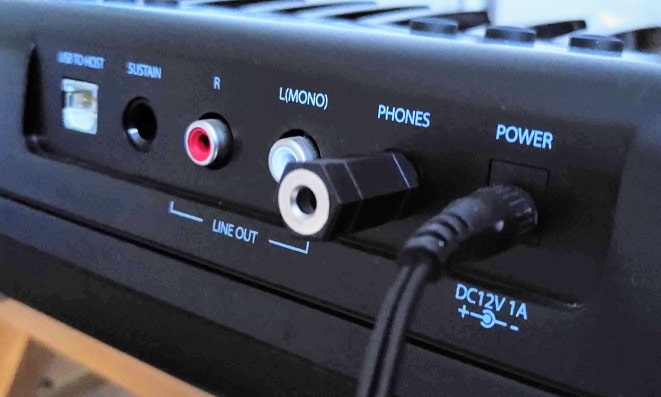
11: Check the Headphone Jack
It always worth checking the jack to make sure nothing has been left plugged in. Headphone plugs usually come in 2 sizes, and sometimes you will need a conversion adaptor to plug your headset in. These can be left connected while the headphones have been removed as well as misplaced pedal cords and will stop any sound coming out of the main speakers.
12: Digital Piano Keys
Broken or damaged keys can be a problem. The first thing that you need to do is determine whether it is the entire keyboard or just a specific section or select keys. If you discover that keys are the problem, follow the instructions in your owner’s manual to clean them. If that doesn’t resolve the issues, you should contact a service person to repair the unit.
13: Manual Reset
Many digital pianos and electric keyboards come with a manual reset function that will allow you to restore factory settings. If you’ve gone through the checklist to this point and still don’t have any sound, a manual reset can be a good option. However, if you have any unsaved recordings or samples stored in a drive on the instrument, you will lose them. That’s why it’s a good idea to do regular back-ups. You don’t want to have to make that forced-choice 10-minutes before a gig is supposed to start.
14: Check Auto Accompaniment
If your keyboard does have a function that allows you to save and store samples or tracks and play them back, you can use this function to do additional troubleshooting before you initiate a manual reset. If the sound from your samples comes out of the speakers, but the sounds from the keyboard do not, you might have a problem with the contacts in the keyboard.
Conclusion
It can be really frustrating when you want to play, and your piano won’t let you. Sometimes it’s just a waste of valuable practice time. Sometimes it’s a cause for embarrassment and a potential loss of revenue. If you follow these troubleshooting steps, you’ll get through most of the things that you can fix yourself. Most of the time, you’ll find and fix the issue, just remember that if you open up the keyboard yourself, you will probably invalidate any warranty you have on it. In those instances, it’s best to contact the manufacturer or a local music store and find a professional who can help.
